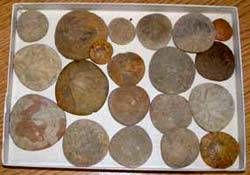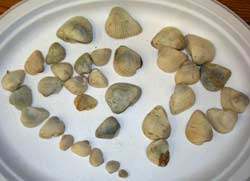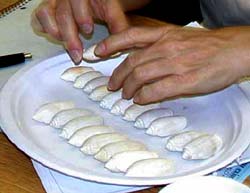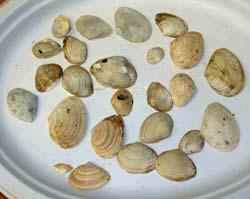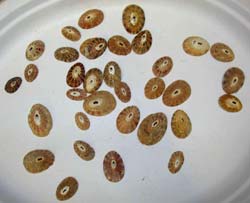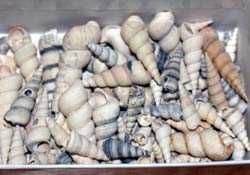|
|
return to
|
||||||||||||||||||||||||
The Importance of Variation
1. Variation within a population |
|||||||||||||||||||||||||
OverviewEach team examined a population of fossils - all the same species, a single population, collected at the same time. All showed variation within the population. Teachers were asked to consider the following:
|
|||||||||||||||||||||||||
Responses
|
|||||||||||||||||||||||||
Why is variation important within a population?With variation, individuals will be different from one another and those differences allow some to survive better than others. With variation, selection has something to work on. |
|||||||||||||||||||||||||
More on Variation:
|
|||||||||||||||||||||||||
|
More on Variation: Variation and Selection | Activity: Candy Dish Selection | Variation and Genetic Drift |
|||||||||||||||||||||||||
|
Return to: Lines of Evidence for Past Change | Dynamic Earth Homepage | UCMP Homepege |
|||||||||||||||||||||||||
